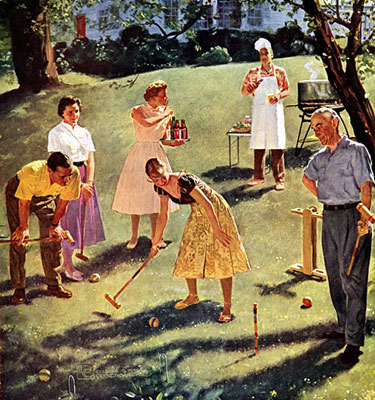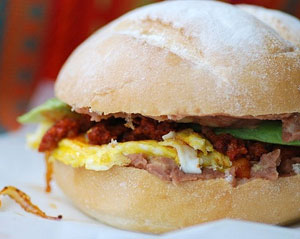 Seems the latest food trend is food trucks, more specifically gourmet food trucks. Or as one San Fransisco owner calls his, "mobile bistro." From LA to Austin to NYC, dozens of urban, hip food trucks are charming epicureans with fare ranging from duck dumplings to pavlova with red fruit gelée. Hotdogs and hamburgers have been usurped by their more politically correct cousins, organic free-range chicken and grass-fed beef.
Seems the latest food trend is food trucks, more specifically gourmet food trucks. Or as one San Fransisco owner calls his, "mobile bistro." From LA to Austin to NYC, dozens of urban, hip food trucks are charming epicureans with fare ranging from duck dumplings to pavlova with red fruit gelée. Hotdogs and hamburgers have been usurped by their more politically correct cousins, organic free-range chicken and grass-fed beef.
But what about the old food trucks and carts? You know the ones -- the quintessential LA taco trucks and the hot pretzel carts run by a gruff guys named Sully or Bobby. Are they being squeezed out? Last March in East LA, Mexican food truck owners, under fire from restaurants who claim they're hurting business, began a campaign called "Save Our Taco Trucks."
Personally, I'd like to see both camps succeed. Because, let's face it, getting affordable, healthful, organic meals from a food truck is terrific. So is getting an artery clogging carne asada (marinated steak) torta when the craving strikes.

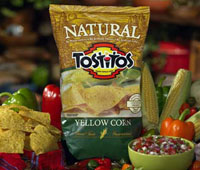 I can’t help it. I really can’t.
I can’t help it. I really can’t. 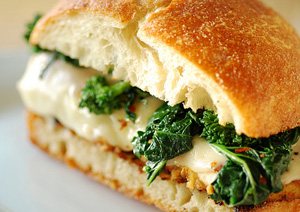 How did chicken sandwiches become so popular in the U.S.? Supply and demand. The emergence of large scale chicken processing companies such as Perdue and Tyson in the 1920’s and 1930’s respectively, helped propel chicken’s popularity in America. With such easy availability, chicken prices decreased, consumption increased, and chicken became a steady part of the American diet.
How did chicken sandwiches become so popular in the U.S.? Supply and demand. The emergence of large scale chicken processing companies such as Perdue and Tyson in the 1920’s and 1930’s respectively, helped propel chicken’s popularity in America. With such easy availability, chicken prices decreased, consumption increased, and chicken became a steady part of the American diet. Lunches for me have been a mixed bag of sorts, I'm never sure what to eat, and I'm not always satisfied with what I get. But the sandwich shop near my workplace always seems to have the right sandwich for me. It's my standby.
Lunches for me have been a mixed bag of sorts, I'm never sure what to eat, and I'm not always satisfied with what I get. But the sandwich shop near my workplace always seems to have the right sandwich for me. It's my standby.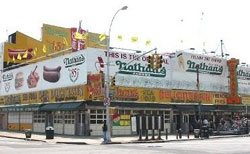 My dad was a two job guy. We lived in a representative, working class
neighborhood in Brooklyn, which was to me, the paradise of the world.
Representative I learned years later meant not just Jewish people, like
us, but an equal mix of almost everything else. The working class is
obvious.
My dad was a two job guy. We lived in a representative, working class
neighborhood in Brooklyn, which was to me, the paradise of the world.
Representative I learned years later meant not just Jewish people, like
us, but an equal mix of almost everything else. The working class is
obvious.